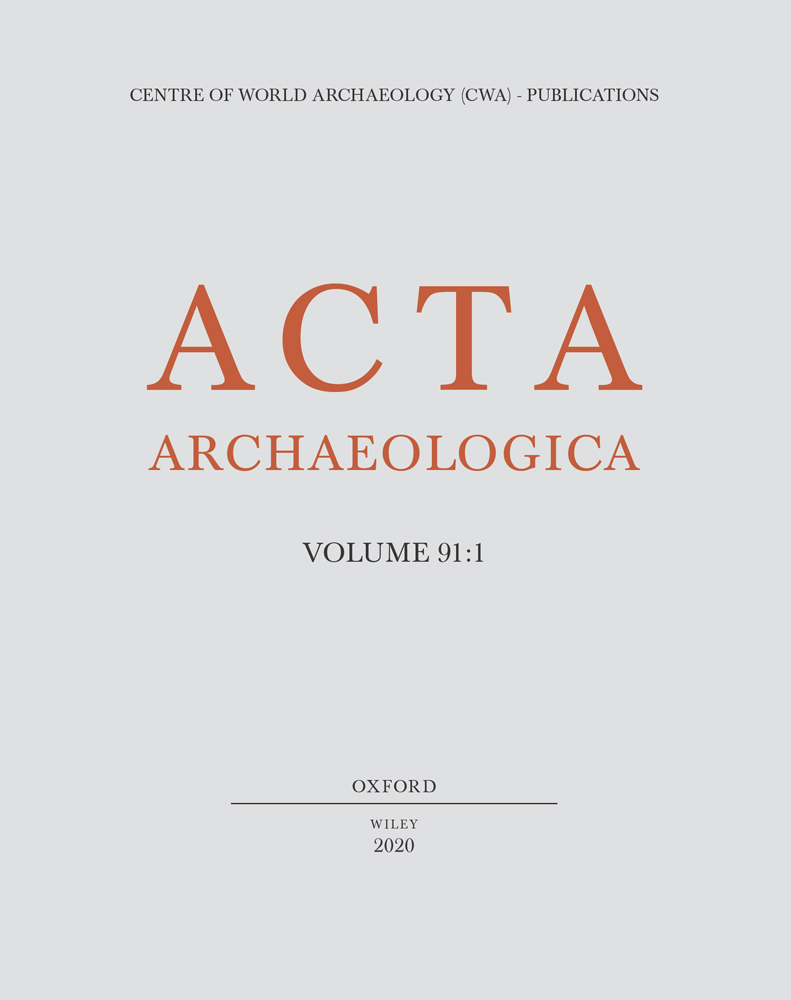LATE NEOLITHIC STENILDGÅRD GRAVE: RE-EXCAVATED, RE-ANALYSED AND RE-INTERPRETED
ABSTRACT
Occasionally, it becomes possible to re-excavate and re-analyse prehistoric monuments. Within the geographical area managed by Vesthimmerlands Museum, this happened in the case of the Late Neolithic Stenildgård grave on the western periphery of the town of Aars, Northern Danmark. The grave was excavated for the first time at the early 1930s and re-excavated in 2015 in connection with the construction of a ring road around the southern parts of Aars. In 2015, a series of state-of-the-art scientific analyses were conducted in relation to this grave.
Following a detailed presentation of the original publication and later interpretations, this article presents the results of the new excavation and scientific analyses. The new results include identification of the human bones, the development of the stratigraphy, strontium isotope analysis, pollen analysis, macro-fossil analysis, and the analysis of pitch.
Since the 1930s, the Stenildgård grave has been considered a burial, which, to a great extent, deviated from usual practice showing one of the earliest examples of cremation in prehistoric Denmark. Furthermore, the recent investigation revealed that the grave was equipped with a surrounding wooden structure and possibly influenced by West European Bell Beaker Cultures. Also, the grave seems to form part of an extensive Late Neolithic burial and settlement system, where complex rituals were carried out.




